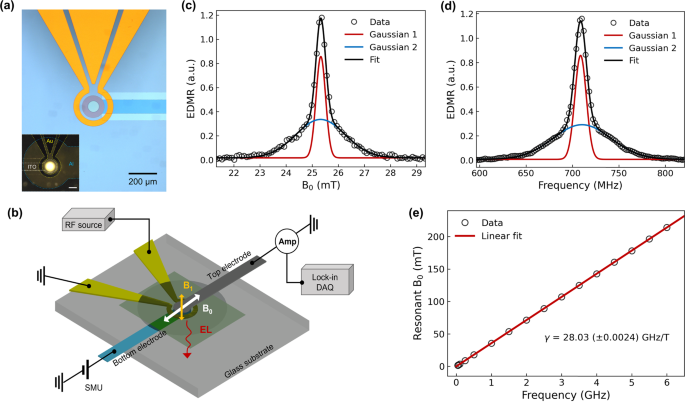2023-04-26 シンガポール国立大学(NUS)
自動化されたセットアップと新しいアルゴリズムにより、CQTの主任研究員であるロウ・ファンキエン准教授率いるチームは、欠陥のない225原子の配列を33%の成功確率で実現しました。この確率は、室温のセットアップにおいて報告されている最高の成功確率の一つです。
この研究は、2023年3月15日にPhysical Review Appliedに掲載され、American Physical Society Physics誌でも特集されている。
<関連情報>
- https://news.nus.edu.sg/defect-free-atom-array/
- https://www.quantumlah.org/about/highlight/2023-03-tweezers-atom-array
- https://journals.aps.org/prapplied/abstract/10.1103/PhysRevApplied.19.034048
マルチツイーザーアルゴリズムによる任意の欠陥のない原子配列の並列組立 Parallel Assembly of Arbitrary Defect-Free Atom Arrays with a Multitweezer Algorithm
Weikun Tian, Wen Jun Wee, An Qu, Billy Jun Ming Lim, Prithvi Raj Datla, Vanessa Pei Wen Koh, and Huanqian Loh
Physical Review Applied Published 15 March 2023
DOI:https://doi.org/10.1103/PhysRevApplied.19.034048
ABSTRACT
Defect-free atom arrays are a precursor for quantum information processing and quantum simulation with neutral atoms. Yet, large-scale defect-free atom arrays can be challenging to realize, due to the losses encountered when rearranging stochastically loaded atoms to achieve a desired target array. Here, we demonstrate a parallel rearrangement algorithm that uses multiple mobile tweezers to independently sort and compress atom arrays in a way that naturally avoids atom collisions. With a high degree of parallelism, our algorithm offers a reduced move complexity compared to both single-tweezer algorithms and existing multitweezer algorithms. We further determine the optimal degree of parallelism to be a balance between an algorithmic speedup and multitweezer inhomogeneity effects. The defect-free probability for a 225-atom array is demonstrated to be as high as 33(1)% in a room-temperature setup after multiple cycles of rearrangement. The algorithm presented here can be implemented for any target array geometry with an underlying periodic structure.



